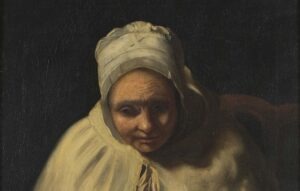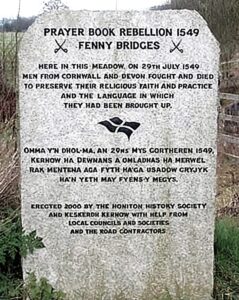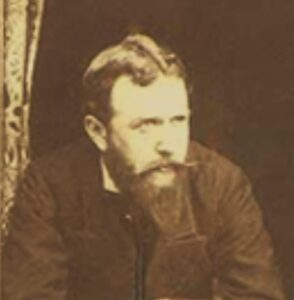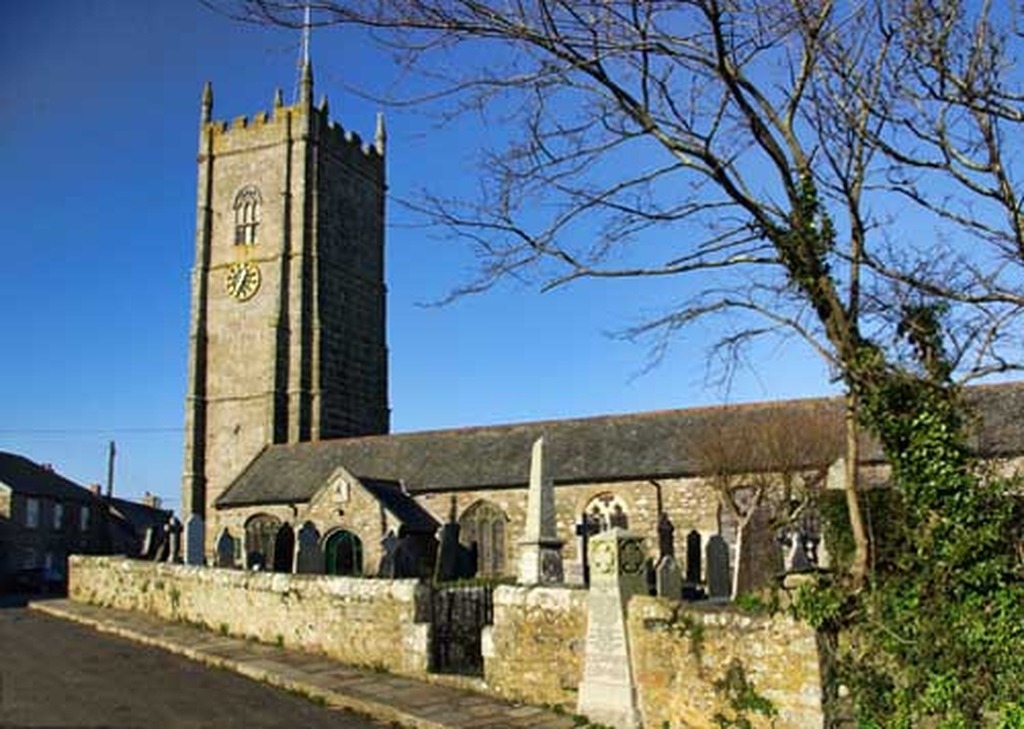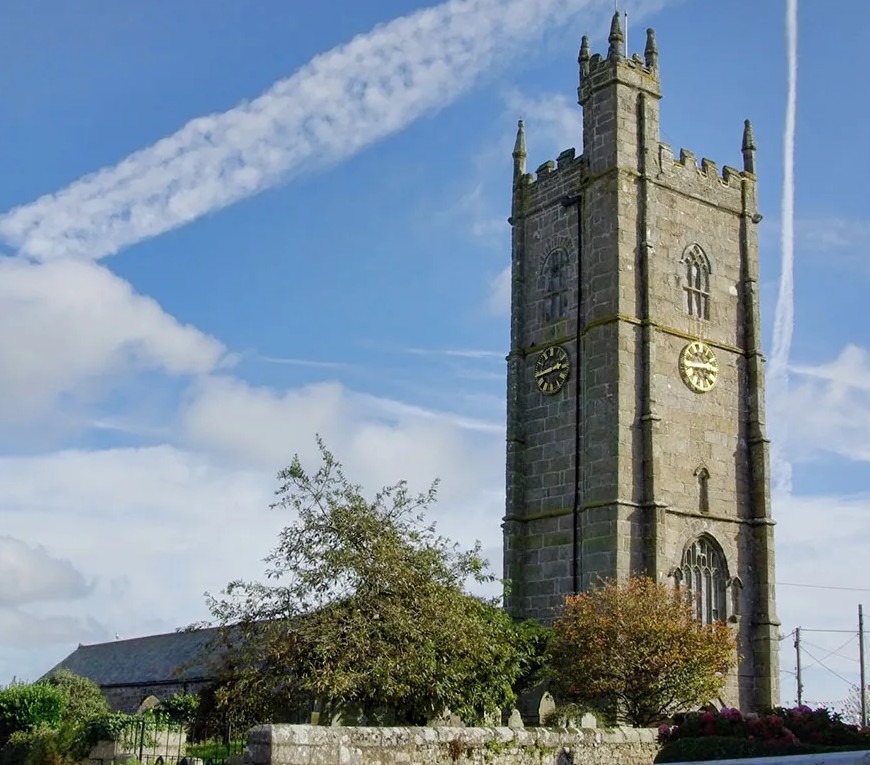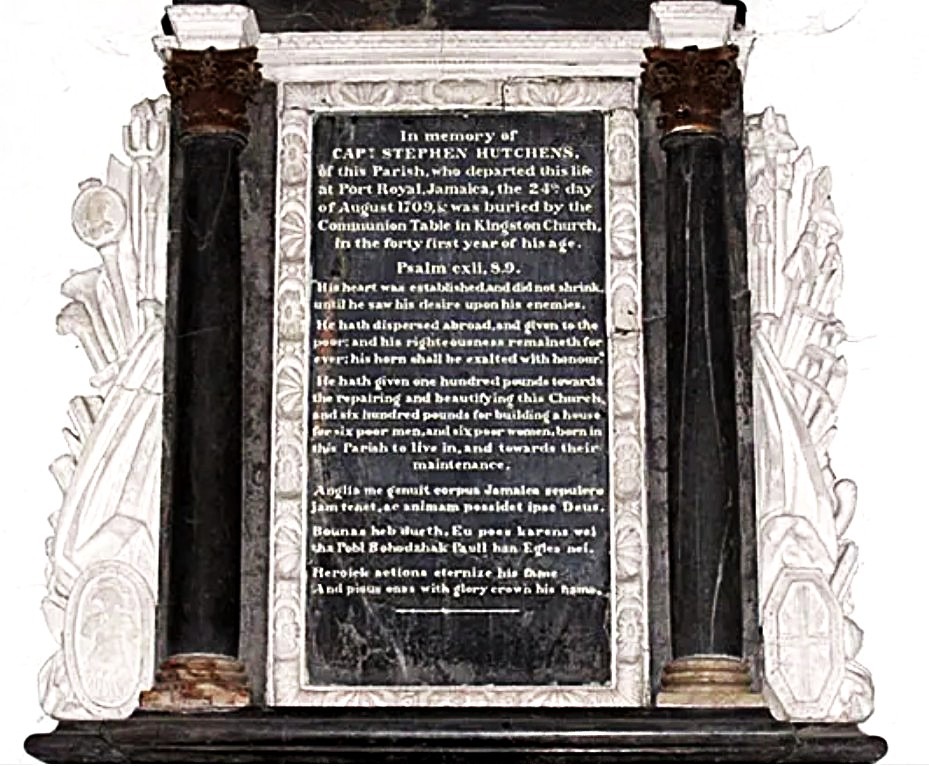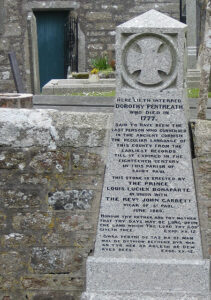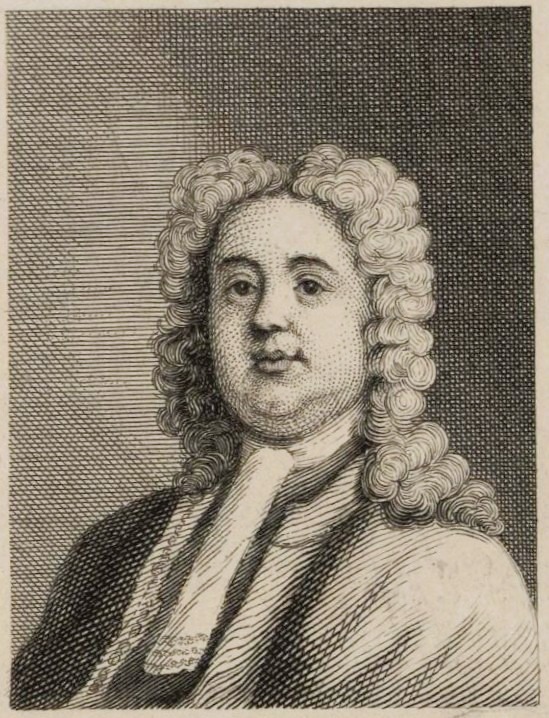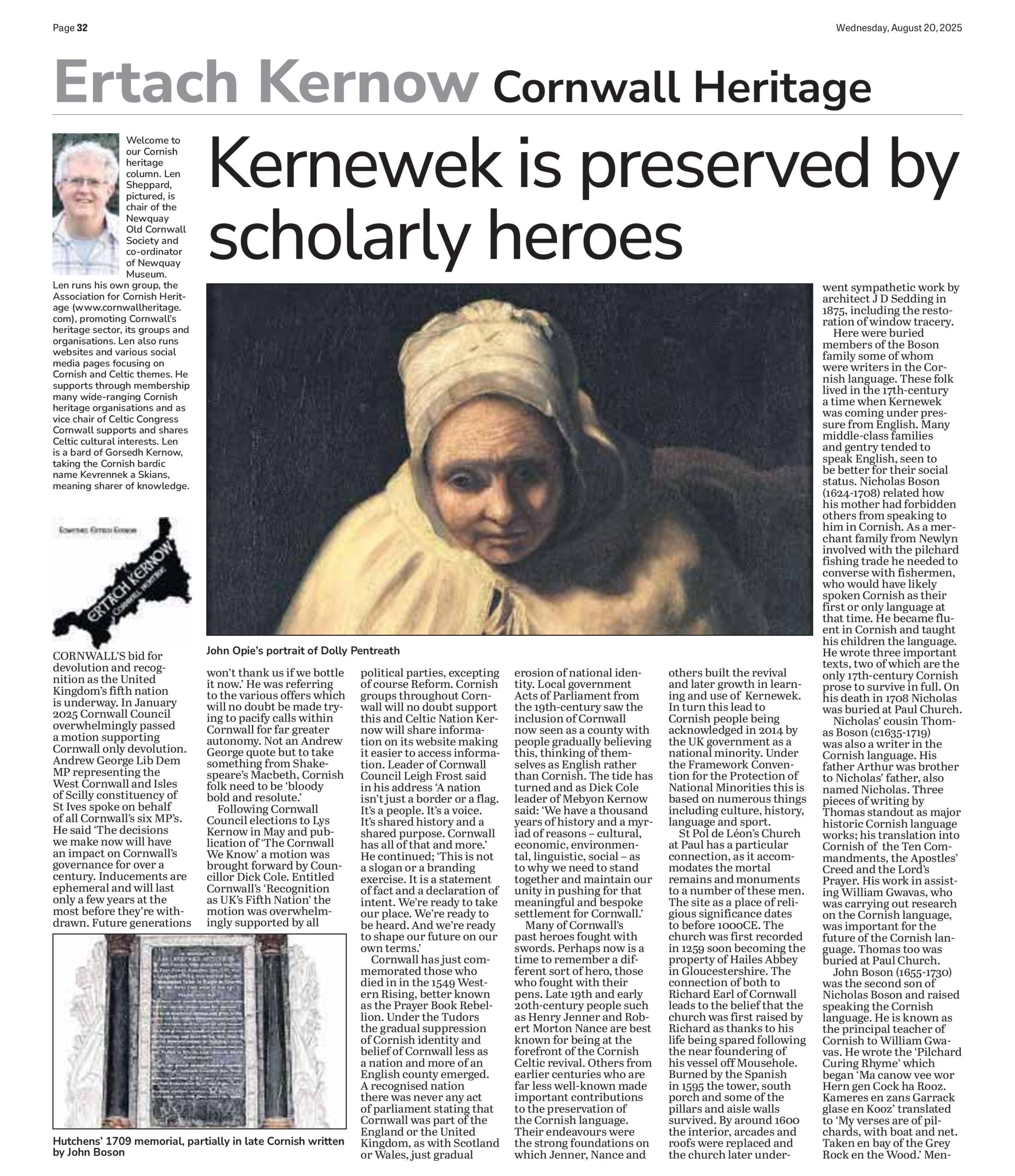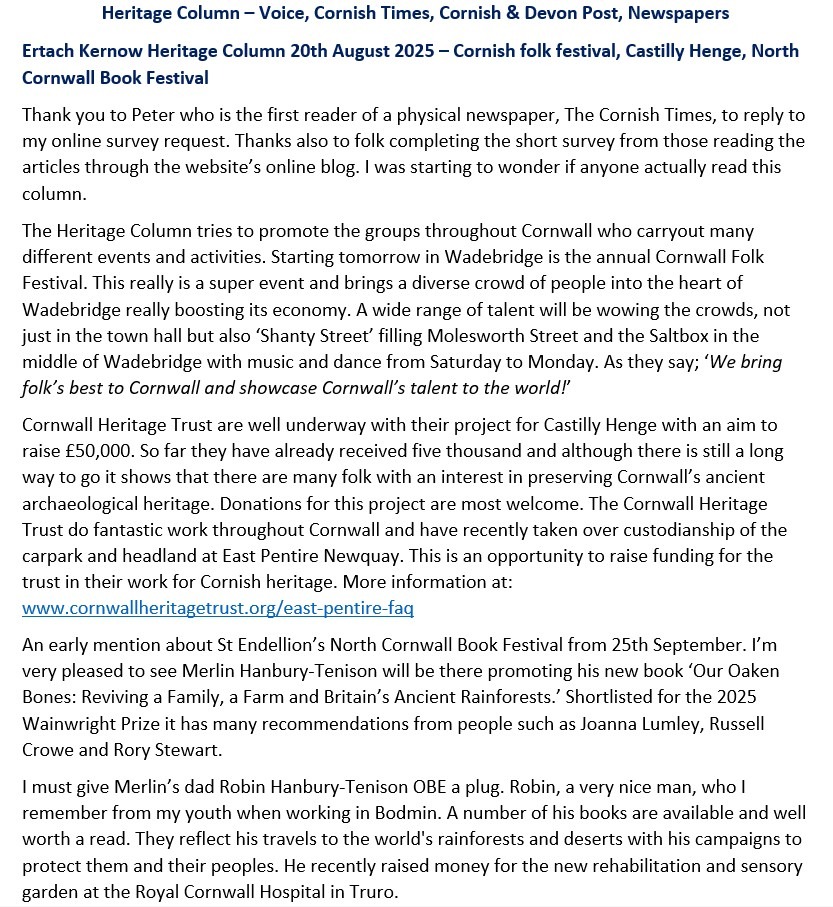Ertach Kernow - Kernewek preserved by scholarly heroes
Cornwall’s bid for devolution and recognition as the United Kingdom’s fifth nation is underway. In January 2025 Cornwall Council overwhelmingly passed a motion supporting Cornwall only devolution. Andrew George Lib Dem MP representing the West Cornwall and Isles of Scilly constituency of St Ives spoke on behalf of all Cornwall’s six MP’s. He said ‘The decisions we make now will have an impact on Cornwall’s governance for over a century. Inducements are ephemeral and will last only a few years at the most before they’re withdrawn. Future generations won’t thank us if we bottle it now.’ He was referring to the various offers which will no doubt be made trying to pacify calls within Cornwall for far greater autonomy. Not a Andrew George quote but to take something from Shakespeare’s Macbeth, Cornish folk need to be ‘bloody bold and resolute.’
Following Cornwall Council elections to Lys Kernow in May and publication of ‘The Cornwall We Know’ a motion was brought forward by Councillor Dick Cole. Entitled Cornwall’s ‘Recognition as UK’s Fifth Nation’ the motion was overwhelmingly supported by all political parties, excepting of course Reform. Cornish groups throughout Cornwall will no doubt support this and Celtic Nation Kernow will share information on its website making it easier to access information. Leader of Cornwall Council Leigh Frost said in his address ‘A nation isn’t just a border or a flag. It’s a people. It’s a voice. It’s shared history and a shared purpose. Cornwall has all of that and more.’ He continued; ‘This is not a slogan or a branding exercise. It is a statement of fact and a declaration of intent. We’re ready to take our place. We’re ready to be heard. And we’re ready to shape our future on our own terms.’
Thank you for reading the online version of the Ertach Kernow weekly articles. These take some 12 hours each week to research, write and then upload to the website, and is unpaid. It would be most appreciated if you would take just a couple of minutes to complete the online survey marking five years of writing these weekly articles. Many thanks.
Click the link for survey: Ertach Kernow survey link
As always click the images for larger view
Cornwall has just commemorated those who died in in the 1549 Western Rising, better known as the Prayer Book Rebellion. Under the Tudors the gradual suppression of Cornish identity and belief of Cornwall less as a nation and more of an English county emerged. A recognised nation there was never any act of parliament stating that Cornwall was part of the England or the United Kingdom, as with Scotland or Wales, just gradual erosion of national identity. Local government Acts of Parliament from the 19th century saw the inclusion of Cornwall now seen as a county with people gradually believing this, thinking of themselves as English rather than Cornish. The tide has turned and as Dick Cole leader of Mebyon Kernow said ‘We have a thousand years of history and a myriad of reasons – cultural, economic, environmental, linguistic, social – as to why we need to stand together and maintain our unity in pushing for that meaningful and bespoke settlement for Cornwall.’
Many of Cornwall’s past heroes fought with swords. Perhaps now is a time to remember a different sort of hero, those who fought with their pens. Late 19th and early 20th century people such as Henry Jenner and Robert Morton Nance are best known for being at the forefront of the Cornish Celtic revival. Others from earlier centuries who are far less well-known made important contributions to the preservation of the Cornish language. Their endeavours were the strong foundations on which Jenner, Nance and others built the revival and later growth in learning and use of Kernewek. In turn this lead to Cornish people being acknowledged in 2014 by the UK Government as a national minority. Under the Framework Convention for the Protection of National Minorities this is based on numerous things including culture, history, language and sport.
St Pol de Léon's Church at Paul has a particular connection, as it accommodates the mortal remains and monuments to a number of these men. The site as a place of religious significance dates to before 1000CE. The church was first recorded in 1259 soon becoming the property of Hailes Abbey in Gloucestershire. The connection of both to Richard Earl of Cornwall leads to the belief that the church was first raised by Richard as thanks to his life being spared following the near foundering of his vessel off Mousehole. Burned by the Spanish in 1595 the tower, south porch and some of the pillars and aisle walls survived. By around 1600 the interior, arcades and roofs were replaced and the church later underwent sympathetic work by architect J D Sedding in 1875, including the restoration of window tracery.
Here were buried members of the Boson family some of whom were writers in the Cornish language. These folk lived in the 17th century a time when Kernewek was coming under pressure from English. Many middle-class families and gentry tended to speak English, seen to be better for their social status. Nicholas Boson (1624-1708) related how his mother had forbidden others from speaking to him in Cornish. As a merchant family from Newlyn involved with the pilchard fishing trade he needed to converse with fishermen, who would have likely spoken Cornish as their first or only language at that time. He became fluent in Cornish and taught his children the language. He wrote three important texts, two of which are the only 17th century Cornish prose to survive in full. On his death in 1708 Nicholas was buried at Paul Church.
Nicholas’ cousin Thomas Boson (c1635-1719) was also a writer in the Cornish language. His father Arthur was brother to Nicholas’ father, also named Nicholas. Three pieces of writing by Thomas standout as major historic Cornish language works; his translation into Cornish of the Ten Commandments, the Apostles' Creed and the Lord's Prayer. His work in assisting William Gwavas, who was carrying out research on the Cornish language, was important for the future of the Cornish language. Thomas too was buried at Paul Church.
John Boson (1655-1730) was the second son of Nicholas Boson and raised speaking the Cornish language. He is known as the principal teacher of Cornish to William Gwavas. He wrote the ‘Pilchard Curing Rhyme’ which began ‘Ma canow vee wor Hern gen Cock ha Rooz. Kameres en zans Garrack glase en Kooz’ translated to ‘My verses are of pilchards, with boat and net. Taken en bay of the Grey Rock en the Wood.’ Mention here of Mount’s Bay and St Michael’s Mount. This a useful additional account relating to the pilchard fishing industry in 18th century Cornwall. This period of Cornish writing is nowadays known as ‘Late Cornish’ and differs somewhat to 21st century ‘Standard Written Form’ Kernewek, generally used today for public distribution. The only known surviving monumental inscription in late Cornish is in St Paul’s Church written by John Boson for Arthur Hutchens (1709). It was here John Boson was buried in 1730.
So who was William Gwavas and what was his importance to the preservation of the Cornish language? Born in Suffolk William was not a native Cornishman but with strong family connections through his mother Eliza Arundell daughter of Sir Thomas Arundell of Tolverne. Coming to live in Penzance he became a writer and collector of letters, verses, proverbs, epitaphs and other Cornish text. Described by Thomas Tonkin as ‘perhaps the only gentleman now living who hath a perfect knowledge of the Cornish tongue, has been so kind as to lend me his helping hand to look over and amend my Cornish vocabulary, and to furnish me with several pieces in the said language, which are inserted in my said ‘Archæologia,’ with his name prefixed to them.' Gwavas was another to be buried at Paul Church following his death in with a memorial erected there to him.
The Dolly Pentreath monument at Paul Church was erected under the instruction of Louis Lucien Bonaparte, a nephew of Napoleon, and by the Vicar of Paul in 1860. Dolly died in Mousehole in 1777 and was buried at St Pol de Léon's Church. It really is unlikely that Dolly was the last fluent native Cornish speaker and probable that many others would have spoken Cornish well into the 19th century.
Another who was buried at Paul Church was John Keigwin (c1641 -1741), perhaps the greatest scholar among these men. He was a member of a family of merchants long established at Mousehole. Gwavas called him ‘the most knowing of all that I conversed with, being bred a scholar’. Before the 19th century Keigwin was the only person working on the Middle Cornish literature of the Ordinalia. Keigwin’s work was not published during his lifetime edited over a century later by Davies Gilbert, who was in the words of Peter Poole a modern Cornish antiquarian, Cornish Historian, Linguist and Scholar; entirely ignorant of Cornish and accusing him of ‘appalling carelessness’. He added ‘Keigwin rather merits the affection of all Cornishmen, and the respect of all scholars, as a pioneer who devoted much of his life to this task with little prospect of publication and none of monetary reward.’
Tonkin with Gwavas and Keigwin were the three men who met and conversed with Welsh linguist expert Edward Lhuyd on his highly influential work relating to the Celtic languages in 1700. The work of Nicholas Boson was an important source of information for both William Scawin and Edward Lhuyd. These few men resting at St Pol de Léon's Church at Paul are just some Cornish languages earlier scholarly heroes along with others including Richard Angwin, William Scawen and Thomas Tonkin. Seeing the Cornish language dying and the onward relentless march of English and working to what they believed was the irreversible end of Cornish they did what they could to save it by recording what still existed.
Perhaps a parting signal from the late Queen Elizabeth’s Golden Jubilee in 2012 should be remembered. As the royal barge Glorianna sailed serenely down the River Thames all the flags of the United Kingdom’s nations were flown. Alongside the St Georges Cross of England, the Saltire Cross of St Andrew for Scotland; Y Drag Goch / Welsh Dragon for Wales; the Cross of St Patrick for Northern Ireland; was the Baner Sen Peren of Cornwall.
Kernow Bys Vykken!

